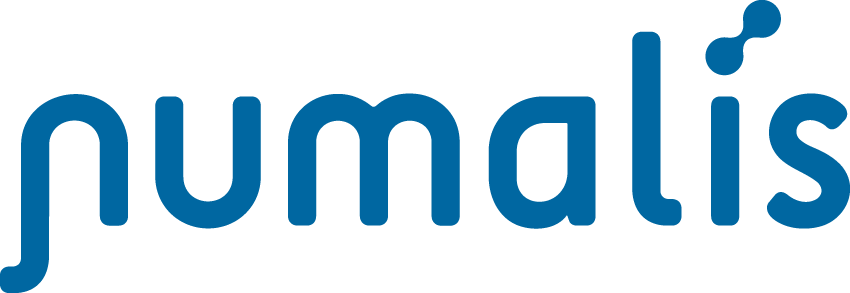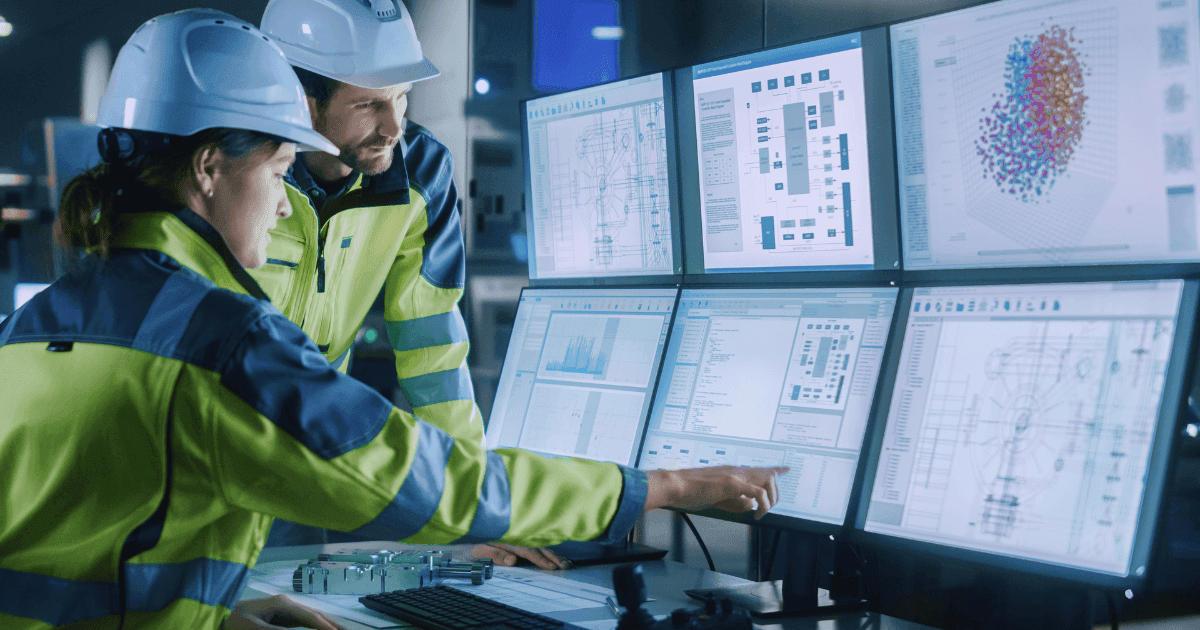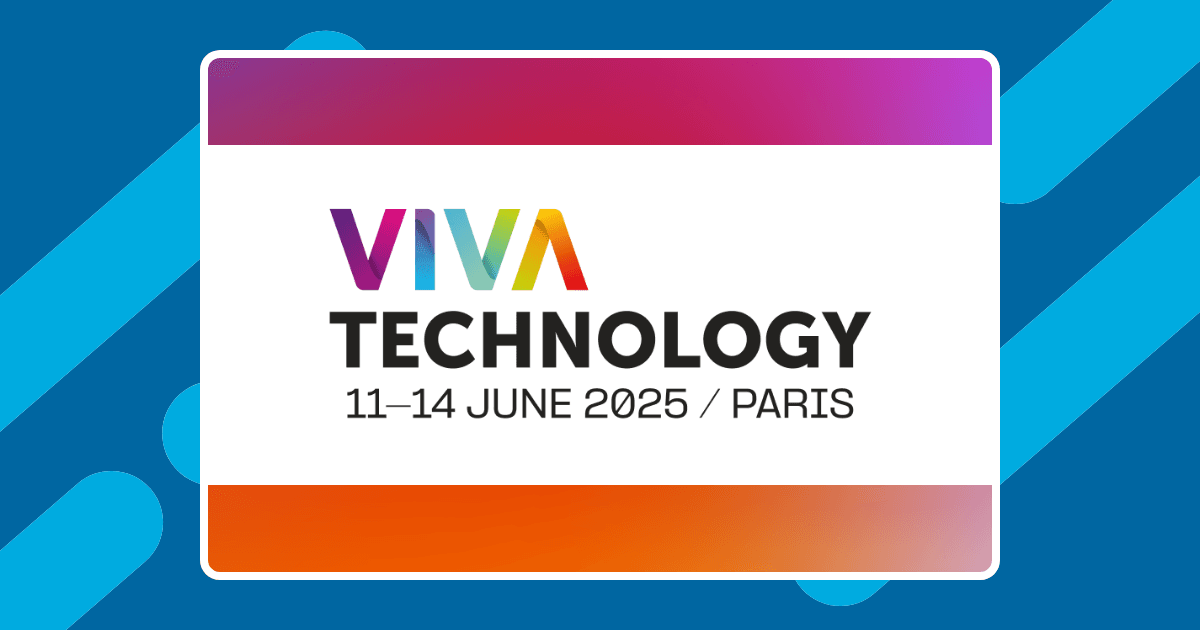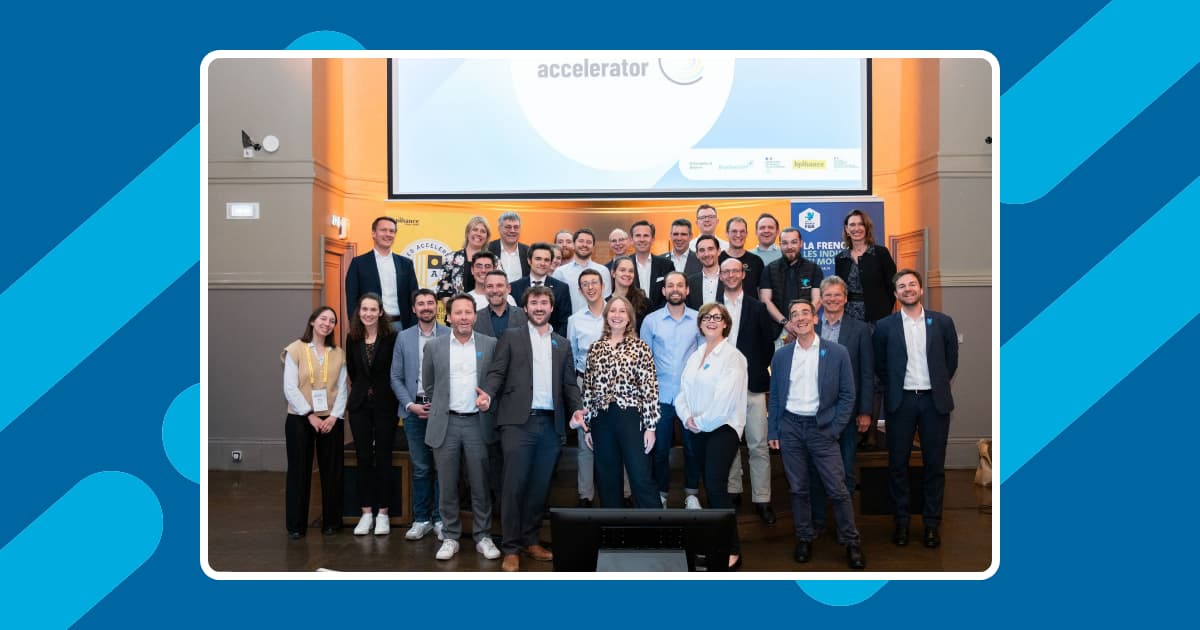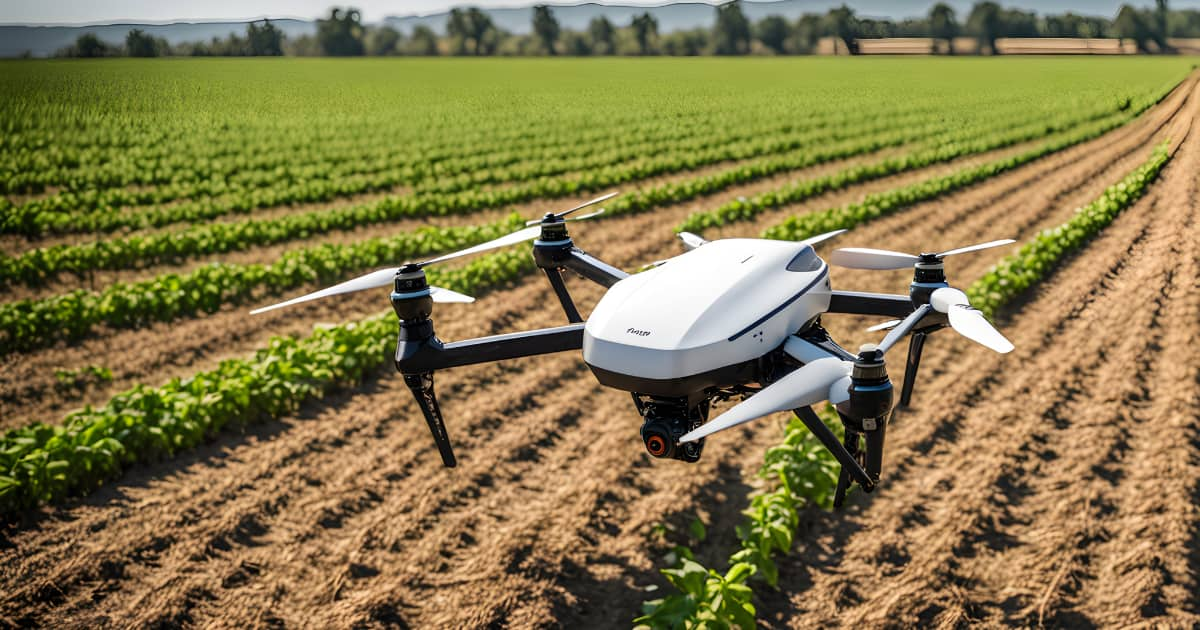The use of Artificial intelligence in the oil and gas industry is already having a profound effect on the sector. With the top 20 global oil and gas companies leading the charge, AI is gaining widespread adoption due to the efficiency it introduces across different operational spectrums.
Exploration for hydrocarbon reserves is one of the critical processes set to benefit from AI-driven solutions. This high-stakes activity is full of financial risks and demands cutting-edge technologies to optimize success rates and offset risks.
Commercial exploration success rates were recorded at 29%-40% between 2020-20211. Unsuccessful explorations can cost between $5 million to $20 million2, underscoring the need for higher success rates.
This article looks at the applications of AI in oil and gas exploration. Additionally, we examine how leading companies leverage AI to optimize workflows and redefine industry standards.
Applications of AI in oil and gas exploration
Technological advancements such as AI are revolutionizing how upstream companies conduct exploration activities. From seismic analysis to reservoir modeling, AI continues to help the industry optimize its operations.
AI-powered geological assessment
The assessment is crucial in estimating the hydrocarbon resource and decision-making. However, finding minor faults that may be resource-rich can be a tedious task that demands analyzing vast datasets. Traditional methods depend on human analysts and take a lot of time.
AI-powered solutions aid with targeted exploration tasks such as fault finding. Such tools can analyze satellite and historical exploration data to identify areas with potential deposits. Using neural networks, models can identify patterns and subsurface anomalies, helping to find suitable exploration sites quickly.
Other AI approaches, such as non-gradient optimization, have been used to create tools for reservoir rock mapping. AI speeds up the process from weeks to seconds while drastically reducing the chances of wrong mapping due to human errors3.
Additionally, geological assessment maps the subsurface to identify potential reservoirs. The process provides different datasets such as seismic and geological data, satellite imagery, and well logs. The seismic interpretation of 3-D seismic volumes usually takes weeks or months4.
Deep learning systems can analyze such data and rapidly identify specific features from geological assessments. They can accelerate the data interpretation by a factor of 10-1000. Pattern recognition techniques can identify features like fault probability volumes that indicate hydrocarbon presence5.
For instance, IBM developed an intelligent tool to analyze vast datasets of unstructured geological data for Wintershall Dea. The tool utilized machine learning(ML) and Natural Language Processing(NLP) to build a solution to help experts make decisions during the early phases of oil and gas exploration. The AI-powered advisor assists in predicting the expected oil and gas volumes.
Drilling optimization
The target of the drilling operation is to maximize contact between the wellbore and the payzone. Drilling optimization involves improving the drill penetration rate, reducing drilling costs, and optimizing bit weight.
Modern drilling operations harvest lots of data from sensors that continuously monitor and record the process in real time. Due to intensive data generation, AI can help overcome challenges like equipment failure and oil spills.
Drilling takes up half the time required for well construction. However, it can be plagued with multiple issues, such as inconsistency in drill rate of penetration(ROP), drill breaking, operator bias, and lack of field guidelines, all leading to cost escalation6.
With autonomous drilling, ML models analyze real-time telemetry data, subsurface data, well plans, and the digital twin of the well. This determines the most recent state of the well, helping guide the steering drilling system by adjusting parameters in real-time7. The result is a jump in ROP, quality wellbores, cost reductions, and time-saving.
Reservoir engineering
This involves several activities, including reservoir modeling. It deals with fluid flow, production forecasting, and field optimization8. It helps oil and gas companies attain the correct information about the reservoir, helping them determine the best way to develop the field.
AI techniques such as artificial neural networks (ANN) are popular in estimating reservoir properties. Other areas where AI helps with reservoir engineering include:
Faster calculations: Convectional reservoir modeling is slow and limits the number of simulations generated. For optimal planning, AI can optimize this process by rapidly generating models9.
Enhanced upscaling: Upscaling combines data from various scales into a single unified model. The current process can be subjective, with reservoir engineers using different methods to develop the model. Deep learning algorithms can be trained on multiple manual upscaling cases to eventually make the process faster and more objective.
Improved history matching: ML algorithms can reconcile past production information with the reservoir model. The solution can speed up history matching and be more objective.
Predictive maintenance for equipment
Unplanned downtime causes significant financial losses. For instance, statistics indicate that the offshore oil and gas industry experiences 27 days of unplanned downtime annually, which costs $38 million10.
Due to their working environment, rig equipment experiences a lot of wear and tear. Minimizing rig downtime is critical during the exploration stage, which can be costly. Predictive maintenance helps identify potential rig failures and address them quickly.
The drilling rigs have multiple sensors that continuously collect data such as pressure changes, vibration, and heat levels11. The data points are then analyzed using ML and advanced data analytics to give the rig’s status in real-time.
The solution can also be tailored to determine the remaining useful life of components such as drill bits. Operators can take advantage of these insights to perform timely preventive maintenance to maximize asset uptime.
Accelerated exploration by autonomous robots
Autonomous robotic systems usage is gaining momentum in the oil and gas industry. They combine multiple technologies, including lidar, edge computing, IoT sensors, and AI. Most of these robots are deployed for inspection purposes, especially in hazardous and hard-to-reach areas.
Oil and gas robots are primarily involved in subsea exploration and offshore drilling. Their use limits the exposure of humans to complex terrains and dangerous, unpredictable environments.
For exploration purposes, autonomous underwater vehicles(UAV) can use AI navigation because RF communication is unusable underwater12. Additionally, computer vision equips the robot to inspect areas of interest and avoid collisions. AI can give underwater robotic systems capabilities like mission planning, task execution, and action monitoring.
Robots also capture continuous streams of data. The information can be used in AI models for different use cases, such as seafloor and feasibility studies.
For instance, a Canadian startup has developed an autonomous robotic rig using machine learning, cloud processing, and lidar technologies. The robot performs repetitive tasks at high speeds with great efficiency13.
AI Success Stories in the Oil & Gas Industry
AI in oil and gas industry started far back, with companies like Total applying AI in its operations in the 1990s. Progressive advancements in technologies, including IoT and big data, have spurred the adoption of AI even more.
Here are several examples of oil and gas companies using AI in their exploration activities.
ExxonMobil – Deep sea oil and gas exploration
In partnership with MIT, ExxonMobil has been developing an AI-powered robot to detect naturally occurring oil seeps in deep seas. The robot will be equipped with AI that allows them to learn and adjust their missions. With this, they can operate in harsh environments and investigate anomalies14.
The company has also employed other AI solutions capable of sifting through seismic data to expedite oil and gas exploration. Insights for this solution help the company determine the best locations for further exploration and drilling15.
Total SA – Optimizing subsurface data analysis and decision-making
Total partnered with Google Gloud in 2018 to develop an AI-driven solution for subsurface data analysis. The program would interpret data using computer vision, especially images from seismic studies.
Additionally, the program would have NLP capabilities that geologists could use to query and get answers back in natural language. It would correlate information from technical documents and image analysis, helping experts assess oil and gas fields faster16.
Shell – drilling optimization
The company implemented an AI system for faster and more precise drilling. The AI-powered drilling system uses an ML model with multiple historical data points, simulations, and real-time sensor readings.
The AI-powered drilling rig allows Shell to optimize drilling trajectories, which helps with better wellbore placement. The system is also armed with reinforcement learning to learn over time.
Aker BP – predictive maintenance
Production-wise, BP is one of the largest independent oil producers in Europe. Fereidoun Abbassian, former VP of transformation, Upstream Technology at BP, confirmed that AI-based predictive analytics was a catalyst for improving operational efficiency and was vital in helping the company become a net zero by 205017.
Due to catastrophic failures of a multi-phase pump, BP deployed an AI-powered predictive maintenance solution to its unmanned platform in Tambar. After half a year, the AI software notified Aker BP about the possibility of the multi phase pump failing. The solution used a normal behaviour model, which tracked operation deviations18.
Previously, unplanned failures would cost more than $10 million in production. By predicting the failure, the pump malfunction was averted, resulting in sustained production.
Conclusion
The use of AI and machine learning has permeated through various aspects of oil and gas exploration. The ability of AI to analyze vast amounts of data has helped the industry make better sense of the vast datasets at its disposal.
From determining the best place to conduct seismic studies to autonomous robotic exploration, AI is augmenting human capabilities in searching for hydrocarbon assets. The technology primarily offers efficiency and optimization of repetitive or dangerous tasks. Leading companies like Shell and BP Aker already use AI in exploration, focusing on activities like subsurface explorations and predictive maintenance.
- Westwood Insight – The State of Exploration 2022 ↩︎
- Upstream: Production and Exploration – Oil and Gas Industry: A Research Guide ↩︎
- Artificial intelligence in oil and gas upstream: Trends, challenges, and scenarios for the future – ScienceDirect ↩︎
- Redefining Seismic Interpretation with AI | subsurfaceAI ↩︎
- Intelligent interpretationAI | Seismic Interpretation Software ↩︎
- How we deploy machine learning to rapidly reduce drilling times ↩︎
- Drilling automation: A system view ↩︎
- Application of machine learning and artificial intelligence in oil and gas industry – ScienceDirect ↩︎
- Artificial intelligence in oil and gas upstream: Trends, challenges, and scenarios for the future – ScienceDirect ↩︎
- Reducing Downtime with Predictive Maintenance on Rigs [7 Ways] ↩︎
- Predictive Maintenance in the Oil and Gas Industry | LLumin ↩︎
- Marine AI Software | Artificial Intelligence for UUV, ROV, USV & AUV ↩︎
- Rigarm ↩︎
- Application of machine learning and artificial intelligence in oil and gas industry – ScienceDirect ↩︎
- Empowering AI in Oil and Gas: From Exploration to Production ↩︎
- Total to Develop Artificial Intelligence Solutions with Google Cloud | TotalEnergies.com ↩︎
- Machine Learning: The Future of Maintenance for Offshore Oil and Gas ↩︎
- Top 4 Real-World AI Applications in the Oil and Gas Industry ↩︎
